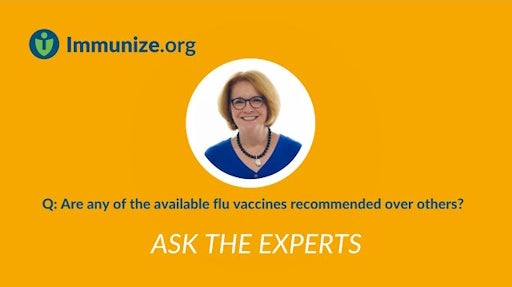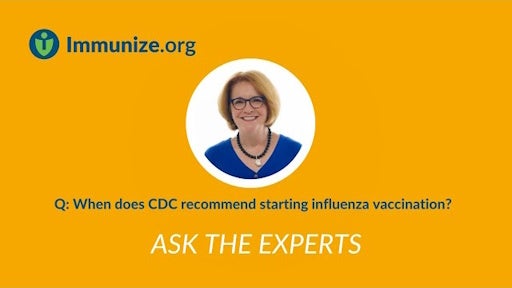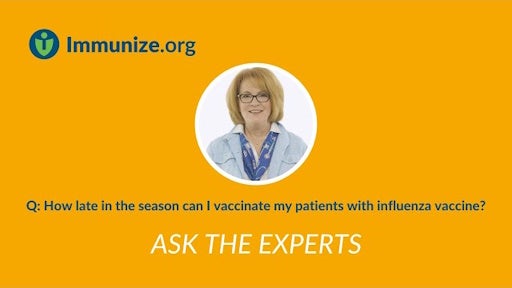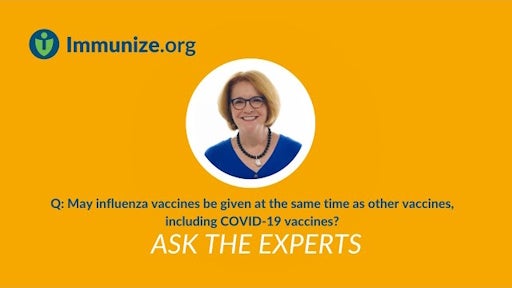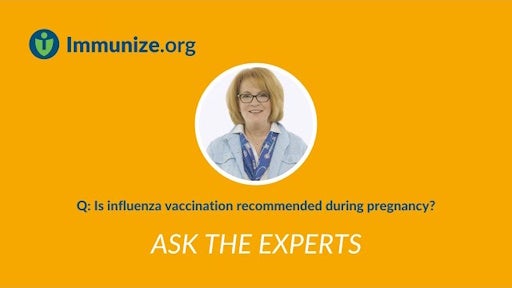- Influenza
- Disease Issues
How serious a problem is influenza in the United States?
From the 2010–11 through the 2022–23 seasons (excluding 2020–2021, when COVID-19 control measures resulted in almost no influenza activity), the annual influenza-related disease burden has varied from approximately 9 to 41 million illnesses, 4 to 21 million medical visits, 140,000 to 810,000 hospitalizations and 12,000 to 61,000 deaths per year, including an average of 129 pediatric deaths reported to CDC (range 37–199) each year. While the 2020–21 and 2021–22 seasons’ disease burden was substantially limited as a result of measures taken by many people to reduce the transmission of COVID-19, such as wearing face masks in public and limiting interactions with other people, influenza activity returned to pre-pandemic levels by the 2022–23 season. For additional information about disease burden from CDC, see www.cdc.gov/flu-burden/php/about/index.html.
Rates of infection from seasonal influenza are highest among children, but the risks for complications, hospitalizations, and deaths are highest among adults age 65 years and older.
